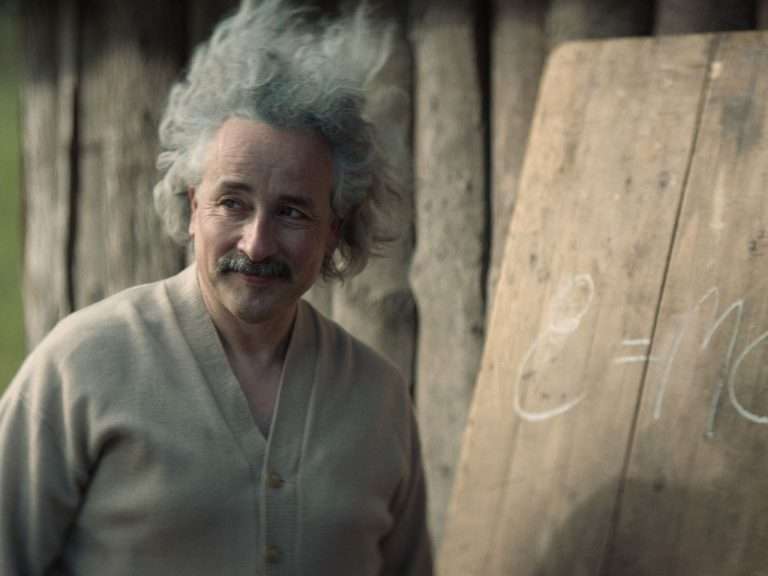Joachim Lafosse’s “Six Days in Spring” (“Six jours ce printemps-là,” 2025) centres around a single mother trying to find happiness after her divorce. Nevertheless, it conveys something so primal that it can represent almost any similar experience of living behind the curtain. In the press notes, Lafosse reveals that the film is inspired by his own experience as a child trying to live under similar circumstances with his mother and twin brother, when they had to let go of the usual comforts of a getaway trip and could seek only joy in hiding. That’s likely why the film feels even more lived-in than it may have done otherwise.
While borrowing things from his personal experiences, Lafosse crafts a minimalist snapshot of a family seeking joy and freedom in places where it should be granted. His film follows Sana (Eye Haïdara), a young mother who hopes to spend a few days away from her usual post-divorce life. She also seems eager to start her life afresh with her new partner, Jules (Jules Waringo), while letting her two sons escape the present-day boredom. So, she accepts a plan that can offer them some leisure. She also sees it as a way to move on from their pasts as a family. Unfortunately, on the said detour, one thing leads to another, and she finds herself returning to the spaces she may have never hoped to return to.
For the most part, the film shows Sana spending time with Jules and her two sons, Raphael (Leonis Pinero Müller) and Thomas (Teoudor Pinero Müller), in a luxury villa owned by her in-laws. It marks a stark departure from the confined space of her apartment, which can’t offer them the independence to move around freely. The trip can’t offer it either, and it is anything but a joyride. She stays there without telling anyone else. So, she remains worried about being exposed or surveilled. That’s why she keeps the curtains closed or the lights turned off unless they need to do otherwise. They don’t go to the local beach or be where someone could easily notice them or sense their presence.
Lafosse captures that sense of paranoia remarkably well, but he also leaves plenty of room for simple joys to peek through, occasionally or briefly. That’s why, despite Sana’s omnipresent fear, we see four of them feeling at ease in each other’s presence. Lafosse ensures that their interactions never veer into overtly sentimental notes, even though he has every chance to do so. He uses breezy, light-hearted songs in his non-diegetic soundtrack to convey an underlying emotion. These songs underscore the distance between their emotional needs and a reality where they can’t be met.
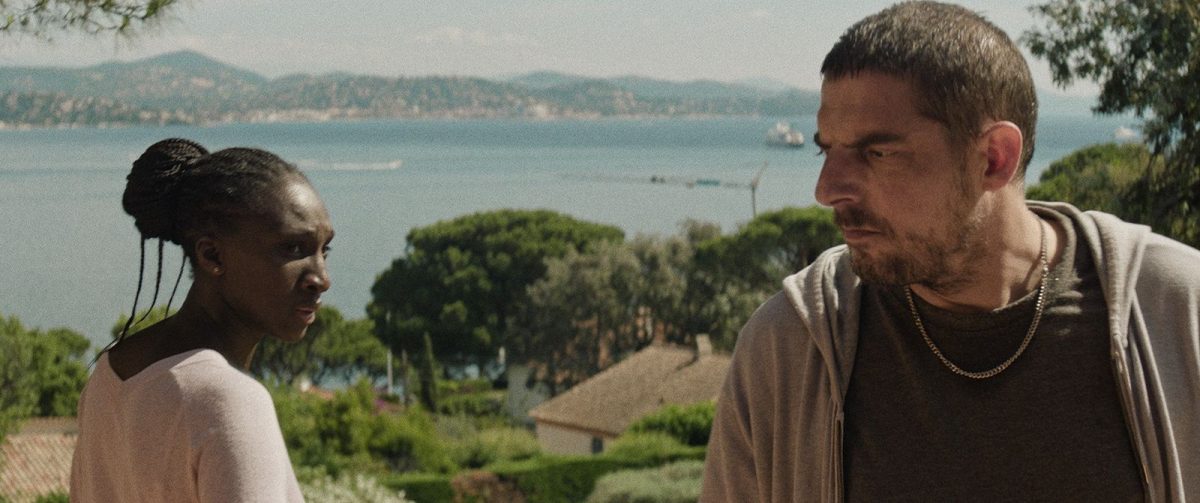
The camera often stays close to the characters, mainly Sana, while tracking everyone’s movements rather than simply observing them from a distance. Through this approach, DP Jean-François Hensgens makes it deeply personal as opposed to purely analytical. That’s crucial in a film with a minimal script that doesn’t spell out details about the character’s motivations or emotions. He makes the whole experience come alive by capturing the underlying fears and claustrophobia, while showcasing the minute details of Sana’s moodscape.
The overall emotional impact feels closer to watching a Dardenne brothers’ film. It captures Sana’s haunting reality as earnestly as the Dardennes do, although the handheld camera movements are not as shaky and jarring as the ones in their work. Lafosse’s direction goes hand in hand with this approach. He focuses on fleshing out simple, everyday moments where characters share details that are not directly consequential to the plot. It’s the contrast between the breeziness of those shared laughs and giggles against the mounting fears that makes the film cut even deeper. Through that, it underlines the debilitating effects of the loss of a marriage and the sheer weight of emotional residue that can creep up through unwarranted shame or guilt.
Lafosse’s script portrays Sana as a mother who cares for her sons as much as she cares for her well-being. She is not doting but affectionate, and often vigilant. The script doesn’t directly address the implications of her race or gender in a similar experience. Still, it subtly hints at them either through minor moments or the overarching emotional truth. In the end, the film leaves you with a lingering sense of what it must feel like to experience freedom after a long period of experiencing life through silences or muted gestures. That’s why it moves beyond a mere post-divorce story, resonating with anyone who has felt the liberating release of stepping out after years of joys and sorrows kept hidden behind the curtains.


![Millennium Actress [2001] Review – An Uncannily Brilliant Journey through Memory](https://79468c92.delivery.rocketcdn.me/wp-content/uploads/2020/12/Millennium-Actress-768x418.jpg)
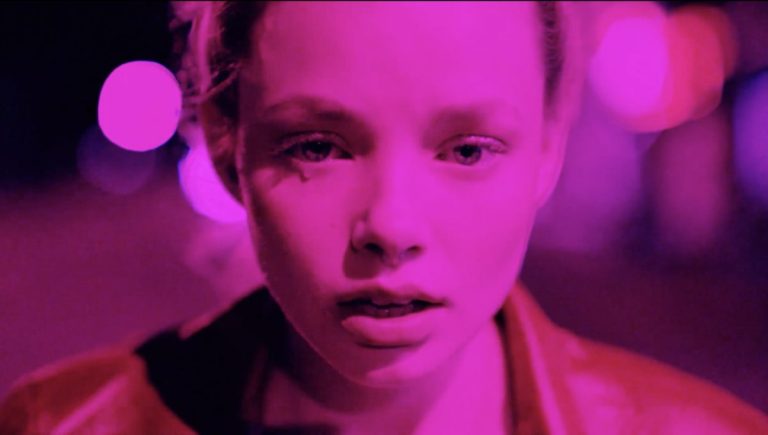
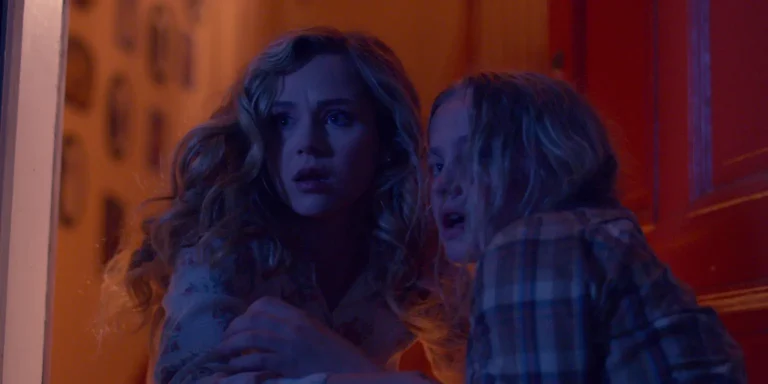
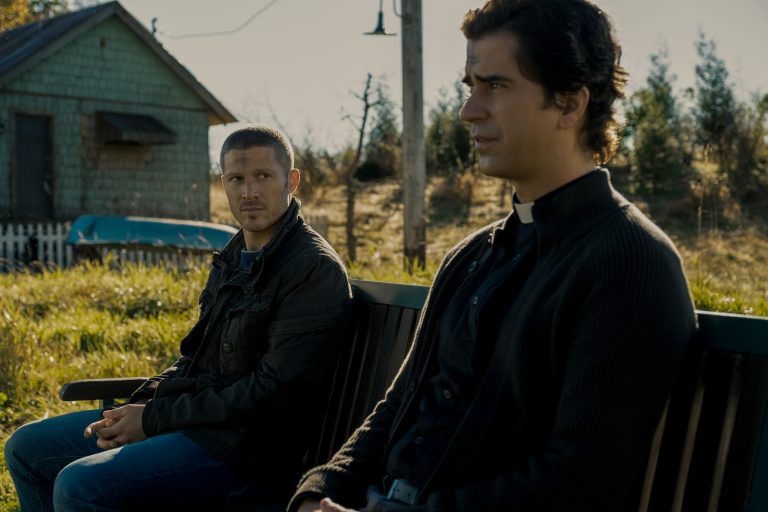
![The Sky Is Pink [2019]: ‘TIFF Review – Be Ready To Be Moved](https://79468c92.delivery.rocketcdn.me/wp-content/uploads/2019/10/The-Sky-Is-Pink2-TIFF-highonfilms-768x326.jpg)
